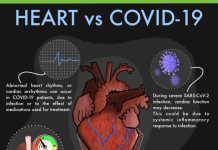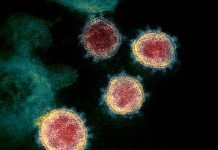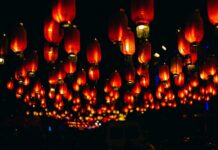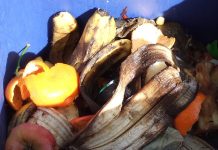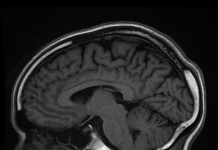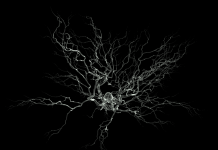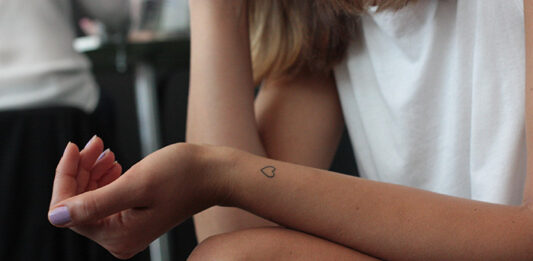Sun Pharma has presented data on ODOMZO® (drug for treatment of skin cancer) and LEVULAN® KERASTICK® + BLU-U®, (for treating precancerous lesions) supporting safety and efficacy.
ODOMZO®
ODOMZO® (Sonidegib) was approved by FDA in July 2015. This was acquired by Sun Pharma from Novartis in Dec 2016 for $175 million upfront payment along with milestone payments.
It is a prescription medicine taken orally in the form of tablet to treat locally advanced basal cell carcinoma, that has resurfaced following surgery or radiation or that cannot be treated with surgery or radiation. This is an inhibitor of the Hedgehog signalling pathway. The Hedgehog (Hh) pathway is active during embryogenic development and is necessary for cell differentiation, tissue polarity, and stem cell maintenance. This pathway is silent in adult tissues under normal physiological conditions, however, aberrant Hh signalling activation has been implicated in the development and promotion of certain types of cancer, including basal cell carcinoma (BCC), medulloblastoma, and gastrointestinal cancers. Basal cell carcinoma and squamous cell carcinoma are most common forms of nonmelanoma skin cancers and affect more than three million Americans each year.
BOLT clinical trial for Odomzo, a double-blind, randomized, controlled, 42-month study evaluated ODOMZO 200 mg daily in 230 patients with locally advanced basal cell carcinoma (laBCC) and metastatic basal cell carcinoma (mBCC). 2-year overall survival rates were found to be 93.2% (laBCC) and 69.3% (mBCC). The drug was safely tolerated.
LEVULAN® KERASTICK® + BLU-U®
This is only photodynamic therapy for precancerous skin lesions approved by the FDA (in July 1999) for use on the upper extremities to treat ‘minimally to moderately’ thick actinic keratoses of the face, scalp or upper extremities. These are precancerous skin growths that, if left untreated, may turn into squamous cell carcinoma. While only about 10 per cent of actinic keratoses become cancerous, the majority of squamous cell carcinoma cases start as actinic keratosis.
LEVULAN KERASTICK 20 % topical solution, plus blue light illumination is used to treat the lesions. After LEVULAN KERASTICK topical solution has been applied, the treatment site becomes photosensitive and patients should avoid exposure of the photosensitive treatment sites to sunlight or bright indoor light (e.g., examination lamps, operating room lamps, tanning beds, or lights at close proximity) for 40 hours.
In the clinical trials, there was a significant greater clearance of lesions (80.6%) in patients treated with this therapy compared to placebo (45.5%). In addition, there was a significant greater clearance of greater disease area in 80% of patients taking this therapy as compared to 40% with placebo. The therapy was well tolerated with no report of clinically significant adverse events.
***






